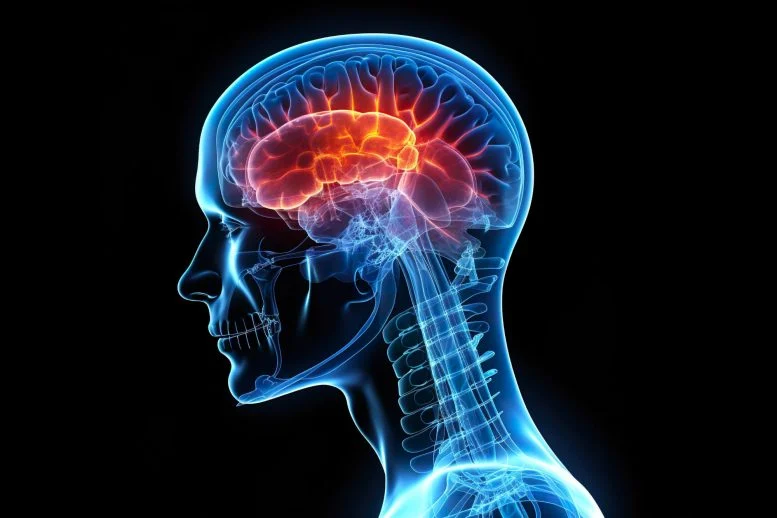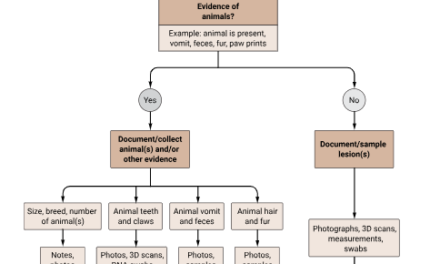Doctors should consider prescribing a combination of triptans with over-the-counter (OTC) pain relievers for migraine patients who don’t find relief from OTC medications alone, according to new clinical guidelines released by the American College of Physicians (ACP).
The guidelines, published in the Annals of Internal Medicine, are based on a comprehensive evidence review that demonstrated the superior effectiveness of combining triptans with either a non-steroidal anti-inflammatory drug (NSAID) or acetaminophen compared to OTC medications alone.
Researchers, led by Dr. Carolyn Crandall of the UCLA School of Medicine, found that this combination therapy significantly improved migraine outcomes. “This combination therapy resulted in a higher likelihood of sustained pain relief up to 48 hours after initial treatment and a lower likelihood of using rescue medication at 24 hours,” Dr. Crandall explained. “In addition, combination therapy of a triptan and an NSAID probably results in a higher likelihood of achieving pain relief at two hours and sustained pain freedom at 48 hours,” the researchers added.
Triptans, a class of drugs that work by altering blood flow in the brain and modifying pain signal processing, have historically been used as a first-line treatment for episodic migraines, defined as fewer than 15 headache days per month. The ACP’s new guidelines suggest a step-wise approach, recommending the combination therapy for patients who don’t respond adequately to OTC options.
While triptans alone are effective, the ACP’s findings indicate that combining them with NSAIDs or acetaminophen leads to better overall migraine-related outcomes.
Dr. Marianna Shnayderman Yugrakh, a neurologist at Columbia University Irving Medical Center, in an accompanying editorial, emphasized the importance of tailoring treatments to individual patients. “An individual’s migraine symptoms may warrant specific drugs from a class, and patients whose symptoms vary by attacks may need several different treatments,” Dr. Yugrakh wrote. She cautioned that while guidelines are useful, clinicians must consider the unique needs of each patient.
For more information on triptans and migraines, visit the Cleveland Clinic’s website. The full research article, “Pharmacologic Treatments of Acute Episodic Migraine Headache in Outpatient Settings: A Clinical Guideline From the American College of Physicians,” by Amir Qaseem et al., is available in the Annals of Internal Medicine (2025). DOI: 10.7326/ANNALS-24-03095.
Disclaimer: This news article is intended for informational purposes only and does not constitute medical advice. Always consult with a qualified healthcare professional before starting any new treatment or making changes to your existing medical regimen. The information provided here is based on the cited research and should not be interpreted as a substitute for professional medical guidance.












